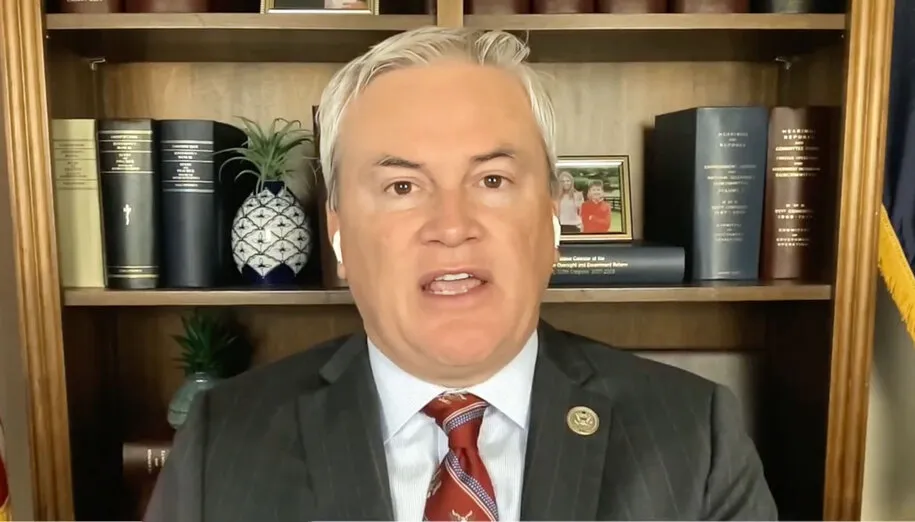I reread my copy of The Toiler every Labor Day.
A branch of the old Knights of Labor published the paper in Fulton. An ancestor of the AFL-CIO, the Knights were the country’s largest labor organization in the late 19th-century.
The Knights “tried to teach the American wage-earner that he was a wage-earner first and a bricklayer, carpenter, miner, shoemaker, after; that he was a wage-earner first and a Catholic, Protestant, Jew, white, black, Democrat, Republican, after,” historian Norman Ware wrote.
I spent two dozen years teaching history in a community college. I was a newspaper reporter for almost 13 years before that. But I was always a wage-earner and a worker first. I belong to the working class just like a factory worker, construction worker, dock worker, sanitation worker, miner, truck driver, locomotive engineer, carpenter, painter, plumber, electrician, firefighter, grocery clerk, secretary, and every other worker.
To protect its members against getting fired by anti-union bosses, the Knights, whose chief founder was Uriah Stephens, began as a secret organization. Terence V. Powderly, who succeeded Stephens as leader of the Knights, dropped the veil of secrecy, and the organization began to grow exponentially.
The Knights of Labor, who also welcomed women and championed equal pay for men and women who did the same work, was based on the principle that whatever else might divide working people, work itself was what they all had in common. Work was the most important factor in their lives; hence, it behooved all workers to combine, the Knights urged.
“Individually, workingmen are weak, and, when separated, each one follows a different course, without accomplishing anything for himself or his fellow man,” Powderly said. “But when combined in one common bond of brotherhood, they become as the cable, each strand of which, though weak and insignificant enough in itself, is assisted and strengthened by being joined with others, and the work that one could not perform alone is easily accomplished by a combination of strands.”
By the 1880s, as many as 800,000 workers belonged to the Knights. Like other early unions, their immediate goal was the eight-hour-day. “But the Knights later became a broad international movement, with branches on four continents, and with dreams of what ... Stephens foresaw as ‘an organization that will cover the globe’ that ‘will include men and women of every craft, creed, and color,’” wrote British historian Steven Parfitt in Jacobin.
He explained: “Knights created hundreds of co-ops, as part of their plan to gradually replace capitalist exploitation with the ‘cooperative commonwealth.’ They launched boycotts and fought long and bitter strikes against the wealthiest business leaders and corporations of the day. Some formed labor parties that achieved impressive, if brief, success, and in the 1890s the movement aligned with the new Populist Party. After a trip to the United States during the heyday of the Knights, Eleanor Marx was so moved that she urged British workers to follow the American example — and form a Labour Party. Eventually spreading outside the US, the Knights claimed as many as 50,000 members in Belgium in the 1880s and ‘90s, upward of 20,000 in Britain and Ireland, 10,000 in New Zealand, and thousands more that we know of in France, Italy, Australia, and South Africa.”
The Knights’ plan to unite workers worldwide, Parfitt also wrote, “was a version of solidarity between all men (and women) that they derived from their shared affinity as children of God and from the labor they all performed as ‘producers’ — as working members of society who didn’t live off the labor of others or dabble in immorality, such as selling alcohol or practicing the law. Universal Brotherhood transcended borders. Stephens hoped that his movement would ‘make idleness a crime, render wars impossible, and obliterate national lines.’”
While the Knights’ only partially and temporarily realized their goal of a Universal Brotherhood, their success stateside was all the more remarkable given the widespread hostility toward organized labor. America’s rapid industrialization was producing a handful of millionaires who weren’t about to share the wealth with the millions of workers who produced it. The gap between the haves and the have-littles and have-nots was a chasm.
When impoverished workers tried to unionize, the plutocrats stubbornly and often violently resisted. They sent spies among the workers to ferret out union supporters who were fired or blacklisted. Conservative judges issued injunctions to stop strikes and jailed workers who refused to comply.
Bosses hired thugs to beat up union supporters and scabs to break strikes. When cops and sheriff’s deputies couldn’t defeat strikes, governors — Republicans and Democrats — called out state militias. In 1877, Republican President Rutherford B. Hayes dispatched federal troops to crush the Great Railroad Strike. President Grover Cleveland, a Democrat, sent U.S. troops to smash the Pullman Strike in 1894.
The Knights’ demise began after the 1886 Haymarket Square incident in Chicago. When police arrived to break up a peaceful rally in support of the eight-hour-day, a bomb exploded, wounding several officers, seven fatally. Enraged, the other cops fired on the crowd, killing and wounding several people.
No evidence was found linking anyone to the bomb, but police arrested eight anarchists and charged them with conspiracy. A union-despising judge and a jury hand-picked for its anti-union views found them guilty. The judge sentenced seven of the men to death and one to 15 years in prison. Four were hanged, one committed suicide, and the remaining three were eventually pardoned.
The Knights were blameless for Haymarket. But because they favored the eight-hour day and were the country’s most powerful labor organization, the capitalist powers-that-be smeared them — and all of organized labor — as dangerous radicals: un-American, un-Christian, and communistic, out to destroy the country.
Stephens wanted to be a Baptist pastor, but family financial straits led him to become an apprentice tailor. Powderly was a second-generation Irish-American Catholic. If the self-styled “Captains of Industry,” the politicians they bankrolled and the press lords who gladly functioned as cheerleaders for capitalism had bothered to read the preamble to the Knights’ 1885 constitution, they would have seen a reference to Genesis 3:19.
“The alarming development and aggression of aggregated wealth, which, unless checked, will inevitably lead to the pauperization and hopeless degradation of the toiling masses, render it imperative, if we desire to enjoy the blessings of life, that a check should be placed upon its power and upon unjust accumulation, and a system adopted which will secure to the toiler the fruits of his toil; and as this much-desired object can only be accomplished by the thorough unification of labor, and the united efforts of those who obey the Divine injunction that ‘in the sweat of thy brow shalt thou eat bread’ [Italics mine].”
That’s as true now as it was in the heyday of the Knights.
While the Knights are long gone, Parfitt added that “they still provide us with precedents and possibilities that we can draw on in the present. ... Trying to bring all the world’s workers within a single grand movement did not work then, and it will not work now. What we need is better cooperation between existing labor movements and workers in every country — and not at the level of general secretaries and national officialdoms (where this cooperation usually takes place) but at the level of individual branches and rank-and-file workers. Zoom and social media make this bottom-up international solidarity possible in ways inconceivable to previous generations of workers.”
--30--
Comments








